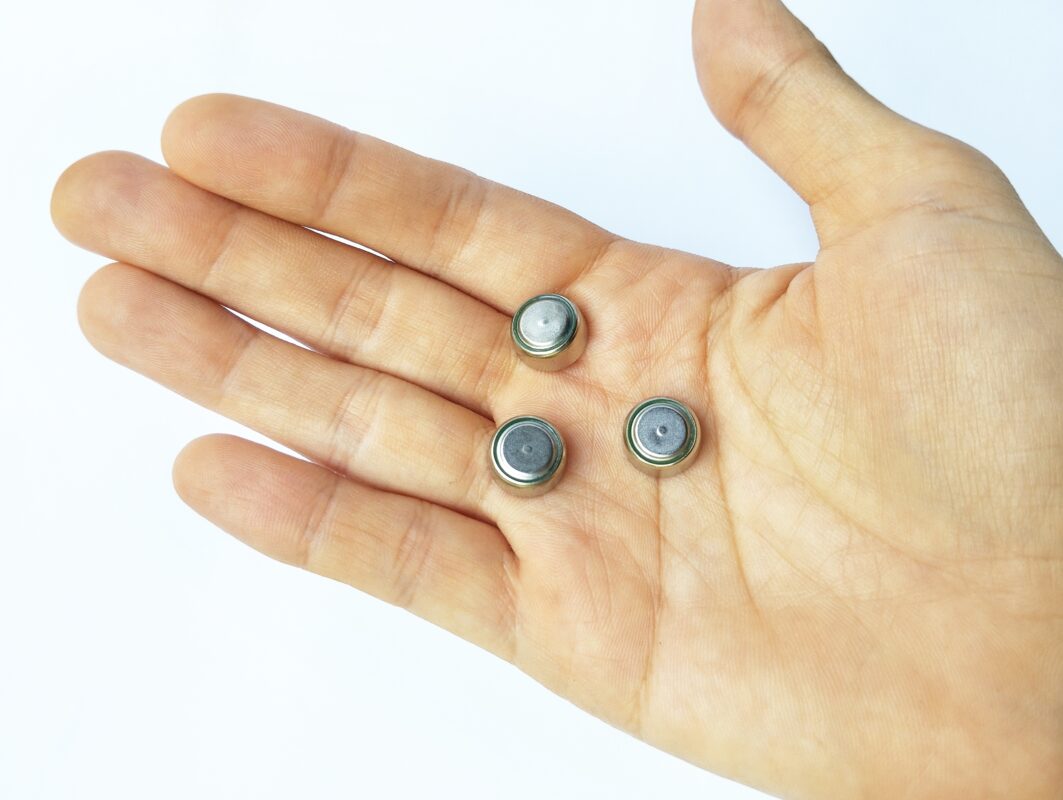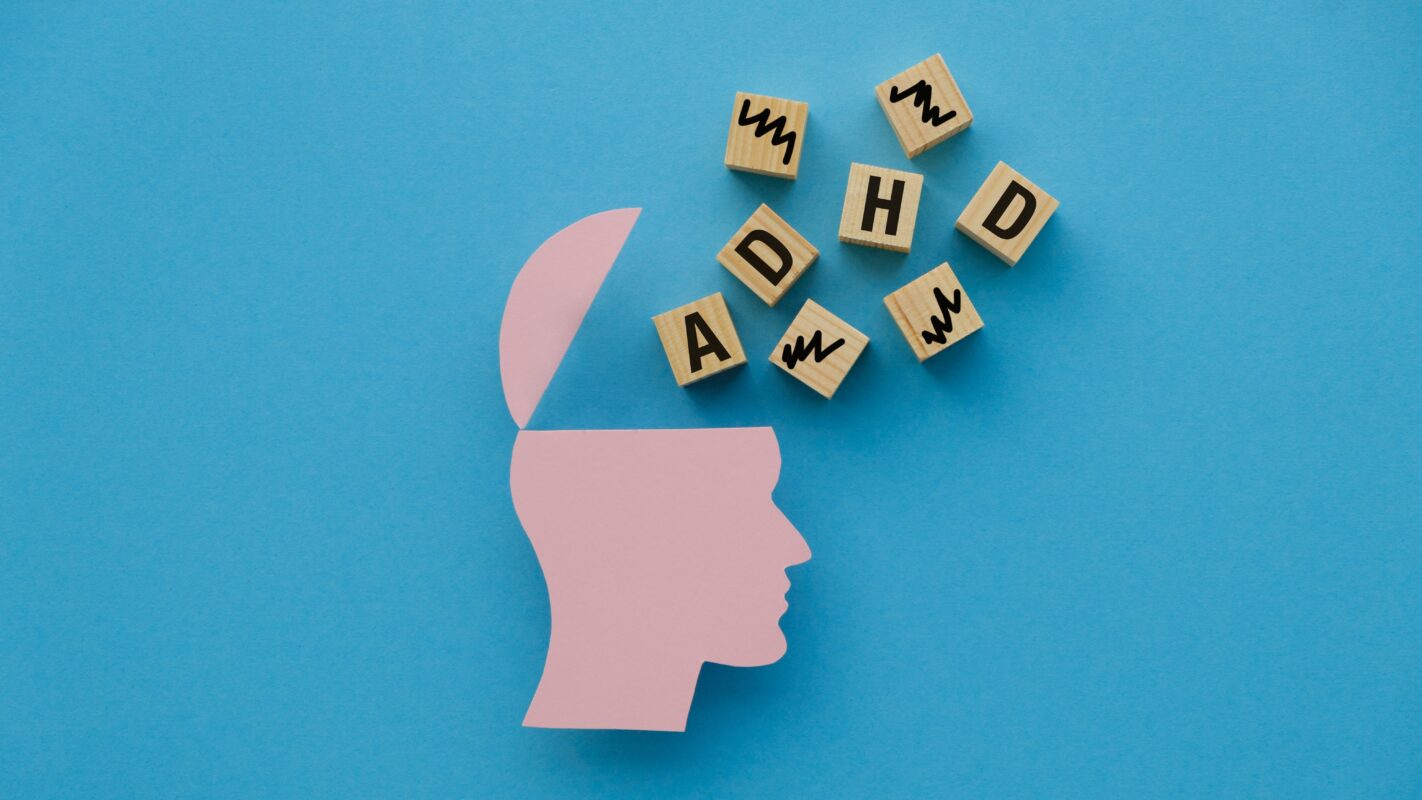On May 20, 1883, Krakatoa, a volcano on Rakata Island in Indonesia, erupted with a force never seen—or heard—on Earth.
The sounds of the eruption of the Krakatoa volcano were estimated to be 310 dB SPL, and there are reports that it was heard some 1,300 miles away in the Bay of Bengal. Even more amazingly, some islands in the western Indian Ocean, approximately 3,000 miles away, still heard it at a dB level near the same level as a gun blast! Due to the speed of sound, it is likely the people on these far away islands did not hear Krakatoa for nearly four hours after its eruption.
Krakatoa produced the equivalent force of a 200-megaton bomb, and was four times as powerful as the largest ever human produced thermonuclear explosion, the Tsar Bomba, in 1961. Krakatoa was also so loud that it circled the Earth four times before dissipating
We know that exposure to sound greater than about 85 dB for more than two hours can damage our hearing (Centers for Disease Control and Prevention, 2022). For those near Krakatoa when it erupted, the sound of Krakatoa was not a sound at all. At 194 dB, acoustic vibration changes into a shock wave of a sonic boom. It’s unfathomable what likely happened to the humans and animals who were unfortunate enough to be near Krakatoa on that day. Hearing protection would not have been helpful on that day, but we have the choice to protect our hearing from everyday sounds like motorcycles, lawn mowers and ear pods.
References
Centers for Disease Control and Prevention. (2022) What Noises Cause Hearing Loss? (accessed on January 22, 2024).
History Facts (n.d.) The Loudest Known Sound Was the Eruption of the Krakatoa Volcano (accessed on January 22, 2024).
Recent Posts
Why Wild Animals Don’t Have Floppy Ears
In 1959, a scientist began a domestication experiment with silver foxes. Critics believed the experiment was, at the very least, too ambitious (if not outright…
Button Batteries and Socioeconomic Risk
Button batteries, or coin cells as they are also known, are used commonly in small electronics, like watches, calculators, and of course, hearing aids. Recently,…
Attention-Deficit/Hyperactivity Disorder in Adults
Ashman and colleagues (2025) recently published a report that examined health center visits by adults who had a diagnosis of ADHD. These authors used data…


